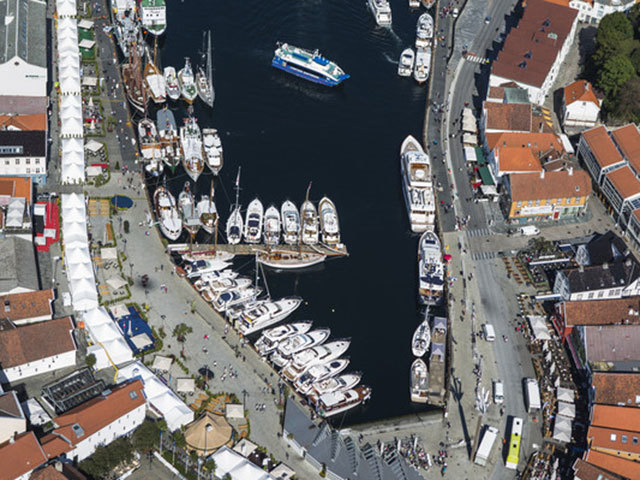
More than 50 % of the oil in existing fields on the Norwegian Continental Shelf (NCS) cannot be produced with current methods, either because the oil is immobile or because the chosen injection strategies lead to insufficient sweep efficiency.
A number of enhanced oil recovery (EOR) pilots have been performed on the NCS, but very few methods have found a field-wide implementation.
EOR has been studied, experimented with and, in some locations, applied for decades and many of the basic mechanisms are understood on a laboratory scale, but challenges still remain in upscaling EOR technologies from laboratory to field.
Given the future potential of the Norwegian Continental shelf as a brownfield province and the strategic need for systematically applied EOR, the Norwegian public purse has got behind the National IOR Centre of Norway.
This is located at the University of Stavanger, was inaugurated last Spring and is now starting to gain traction.
“We will come up with new solutions and expect quick implementation,” said Merete Maclland of the International Research Institute of Stavanger (IRIS).
Speaking at ONS, she said that rarely did lab-based EOR translate into application in oil and gas fields and nor was there a model to apply for extrapolating one to the other.
It was revealed that the team at the National IOR Centre is now working on the development of a modeling package that will enable enhanced oil recovery schemes to be integrated with full-field reservoir simulation models that are now part and part of modern field developments, including some brownfield overhauls.
And it was stated that, by combining different EOR techniques, it might be possible to find the real key to extending the life of fields that might otherwise be abandoned.
Oil company partners in the initiative include GDF Suez, Maersk, Wintershall, Dong, Eni, Lundin, Statoil, bp, ConocoPhillips and DetNorsk. Hallibuton and Schlumberger are also involved.
Aksel Hiorth, also at IRIS, said he expected the first simulator to be operational by the end of this year and a candidate field selected even sooner.
It will focus on water-based EOR chemistries and be followed later by modeling the use of polymers next year.